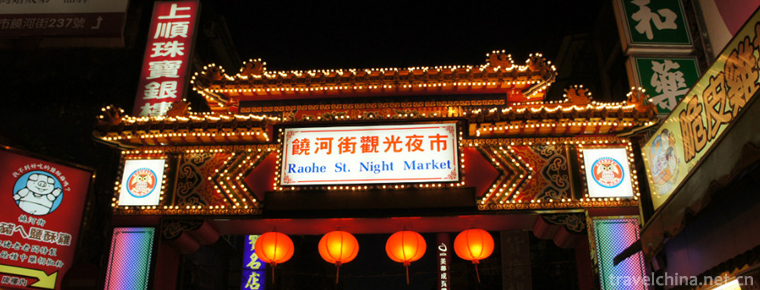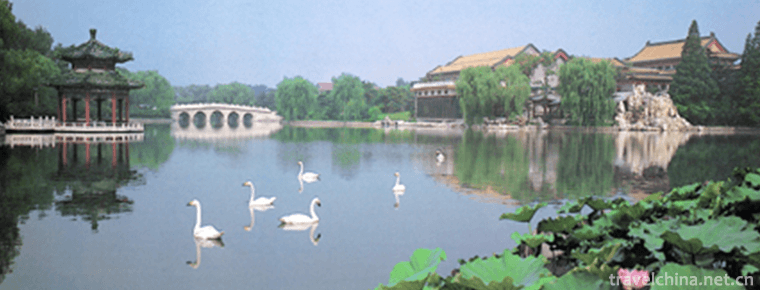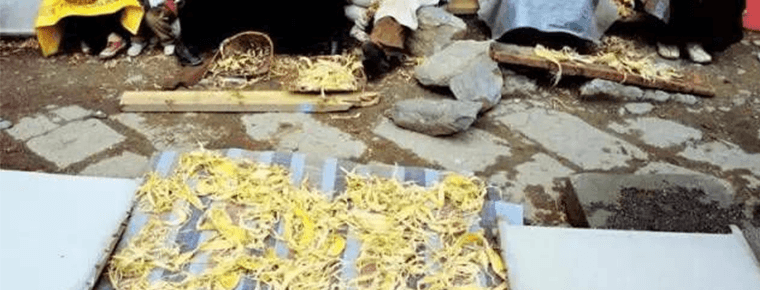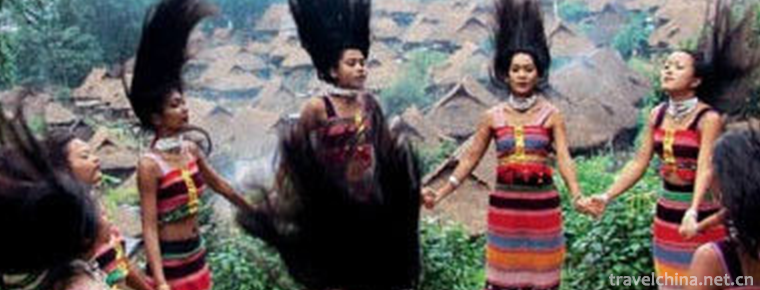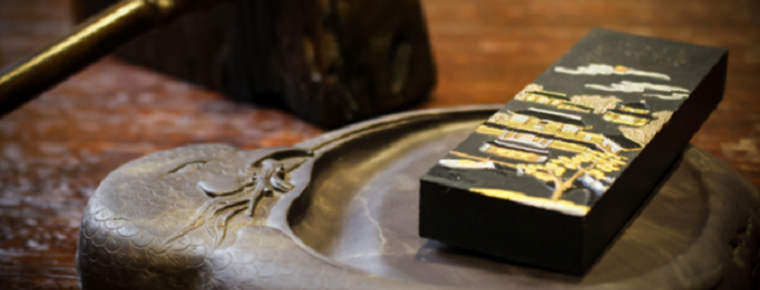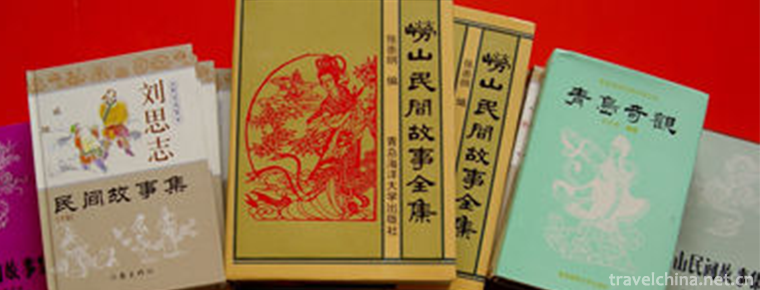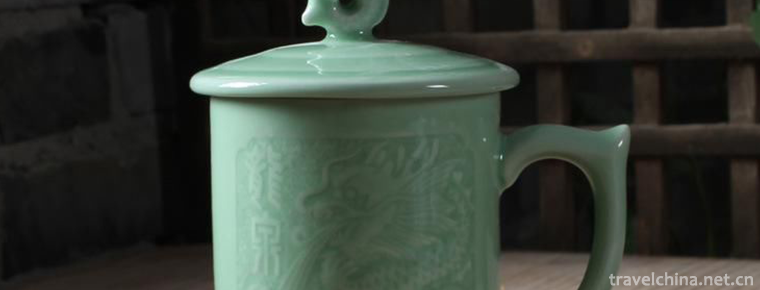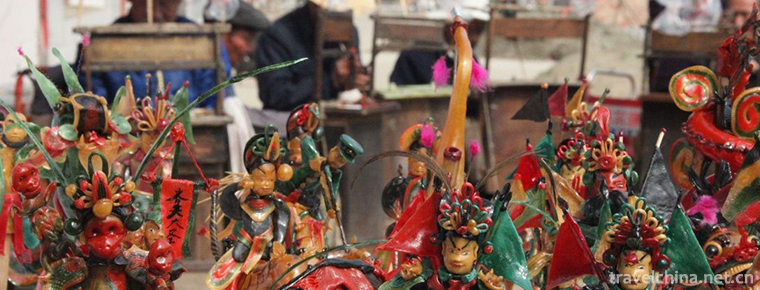The origin of Panzhihua
The origin of Panzhihua
Panzhihua is located on the Bank of Jinsha River. It was originally named shangxiaba village. It was formed around the 8th year of Tongzhi reign of Qing Dynasty (1869). Because there is an old and tall Panzhihua tree at the entrance of the village, it is called "Panzhihua village".
The name of Panzhihua village was first found on the map, which is the general information collection of Ningzhi counties (Yanbian county) in the compilation of Sichuan kangbian government materials published in April of the 29th of the Republic of China (1940).
On February 5, 1965, the CPC Central Committee and the State Council officially approved the establishment of Panzhihua special zone. On April 22, in order to facilitate confidentiality, the State Council issued the "reply on the issue of renaming Panzhihua special zone", which agreed to rename Panzhihua special zone as "Dukou city". On March 4, Chairman Mao Zedong wrote in the report on strengthening the construction of Panzhihua Industrial Zone, presented by Lv Dong, Minister of metallurgical industry, and Xu Chi, commander-in-chief of Panzhihua special zone: "this is very good." Therefore, Panzhihua City designated this day as "Panzhihua development and construction Memorial Day", that is, Panzhihua City establishment day.
On January 23, 1987, with the approval of the State Council, Dukou city was renamed "Panzhihua City".

-
Raohe Street Night Market
Raohe Street Night Market is located in Raohe Street.
Views: 497 Time 2018-10-12 -
The classical gardens of Suzhou
The classical gardens of Suzhou / Suzhou classical gardens, referred to as Suzhou gardens, are world cultural heritage, national AAAAA class tourist attractions.
Views: 263 Time 2018-12-06 -
Diaoyutai State Guest House
Diaoyutai State Guest House is an ancient imperial garden and modern State Guest House complex located on the east side of Yuyuantan (39 55'N 116 19'E) in Haidian District, Beijing, China.
Views: 203 Time 2018-12-13 -
Tibetan Paper making Techniques
Tibetan paper-making technology, Tibetan Autonomous Region's traditional handicraft, one of the national intangible cultural heritage. Tibetan paper-making skills are usually made by peeling.
Views: 450 Time 2019-04-15 -
Alpine Hand in Hand Dance
"Hand-in-hand dance" is a kind of self-entertainment dance with the longest history and widespread spread spread among the folk dances of the mountain nationality. During the wedding and fes.
Views: 97 Time 2019-04-30 -
The Making Skills of Hui Ink
Hui ink production technology, Jixi County, Shexian County, Huangshan Tunxi District, Anhui Province, local traditional handicraft, one of the national intangible cultural heritage..
Views: 81 Time 2019-05-04 -
Jingzhou Huagu Opera
Jingzhou Huagu Opera, a local traditional drama in Hubei Province, is one of the national intangible cultural heritage..
Views: 153 Time 2019-05-08 -
Laoshan Folk Stories
Laoshan folk tales, commonly known as Lagua, are oral literature created by the local people of Laoshan Mountain in Shandong Province for thousands of years. There were few written records before libe.
Views: 115 Time 2019-05-11 -
Firing Techniques of Longquan Celadon
Longquan celadon firing technology, the traditional ceramic technology of Longquan City, Lishui, Zhejiang Province, is one of the national intangible cultural heritage..
Views: 117 Time 2019-05-14 -
Nanyin Rap
Nanyin rap is a form of rap sung in Guangzhou dialect. It is also a common melody in Cantonese opera and Cantonese opera. It is said that Nanyin rap was developed on the basis of wooden fish and drago.
Views: 280 Time 2019-06-07 -
Sugar plastic
Sugar sculpture, one of the traditional folk handicraft products, commonly known as sugar blowing, sugar manikin, engaged in this trade called sugar blowing people, throughout the country, especially .
Views: 359 Time 2019-06-18 -
Mahu scenic spot
Mahu scenic area, located in Leibo County, Liangshan Yi Autonomous Prefecture, Sichuan Province, covers an area of 100 square kilometers. The scenic spot is composed of Mahu lake, Jinshajiang Valley and primitive dense forest..
Views: 193 Time 2020-10-16
